The City of Palaces by Gabriel García Ochoa
Describing Mexico City without tripping over a cliché is not easy. Vibrant, colourful, dangerous, loud, exhilarating, rich in history and gastronomic delights, it’s all been said before. But one aspect of Mexico that is not often spoken about is its correspondences with Australia. Famously, the pre-Columbian ruins of Monte Albán and Chichén Itzá influenced architect Jørn Utzon’s design of the Sydney Opera House’s podium and Monumental Steps. Baz Luhrmann’s Romeo and Juliet (1996) was filmed in Mexico City. There is also a little-known anecdote about colonial palaces that links Mexico to Australia, via none other than Victoria’s first lieutenant governor, Charles La Trobe.
What is now known as the ‘Historic Centre’ of Mexico City, an area of about ten square kilometres that includes thousands of heritage buildings, monuments, museums, archaeological sites, and government offices, was once Tenochtitlán, the centre of the Aztec Empire. Erected where five sacred lakes meet, with its mighty avenues, gardens, canals, and great temples – including Montezuma’s personal palace, famous for its zoos and aquariums, and for having more than one hundred rooms, each with running water for the monarch’s guests – Tenochtitlán, according to the writings of Hernán Cortés and Bernal Díaz del Castillo, was a sight to behold.
Continue reading for only $10 per month. Subscribe and gain full access to Australian Book Review. Already a subscriber? Sign in. If you need assistance, feel free to contact us.



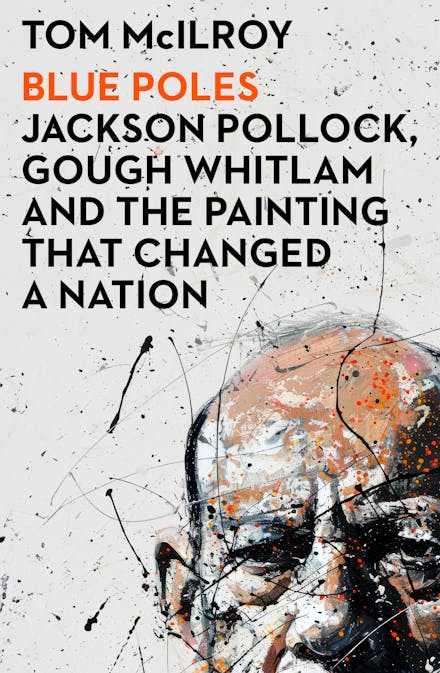
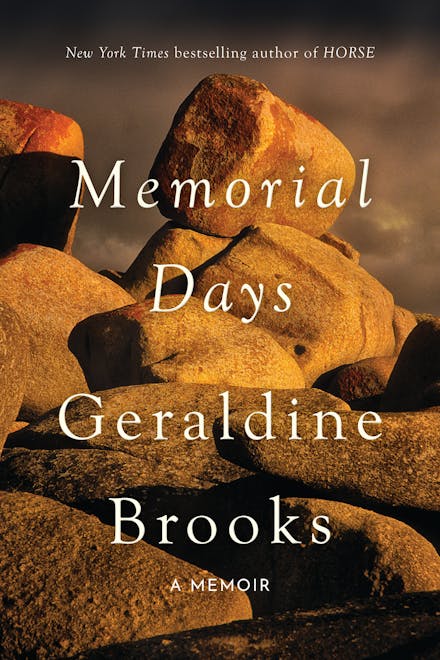
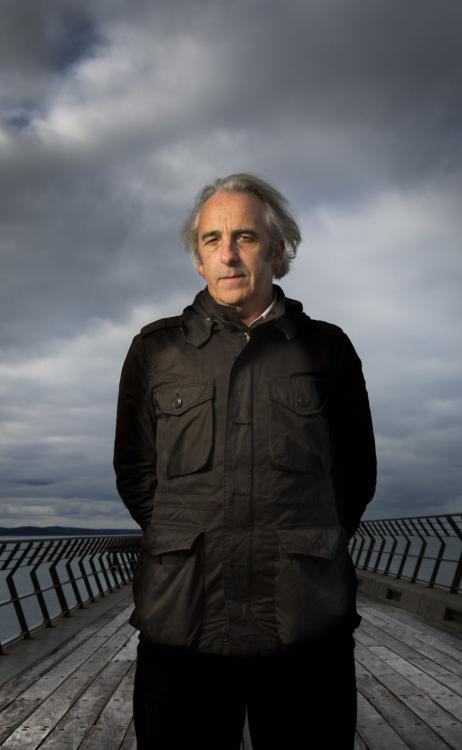
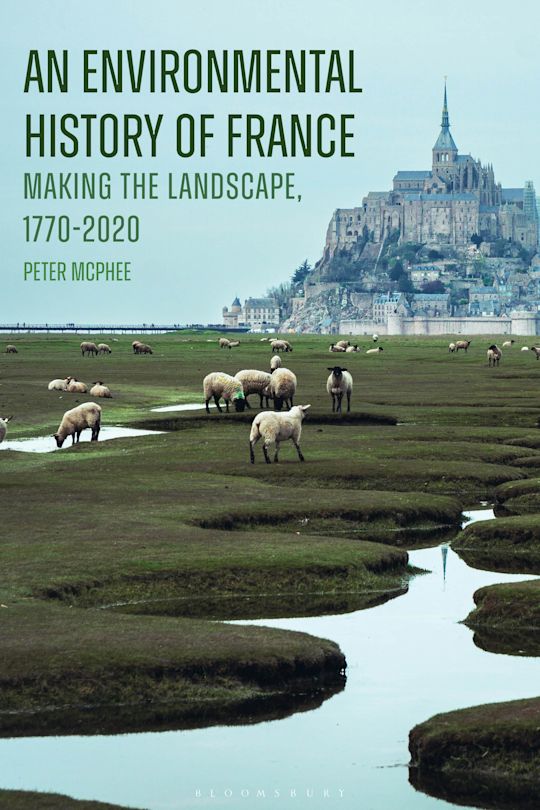

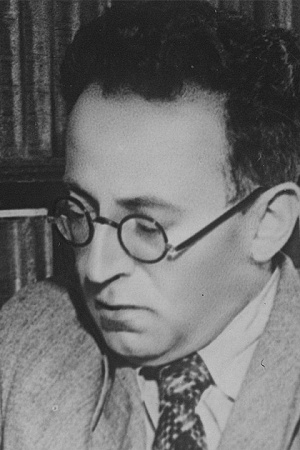



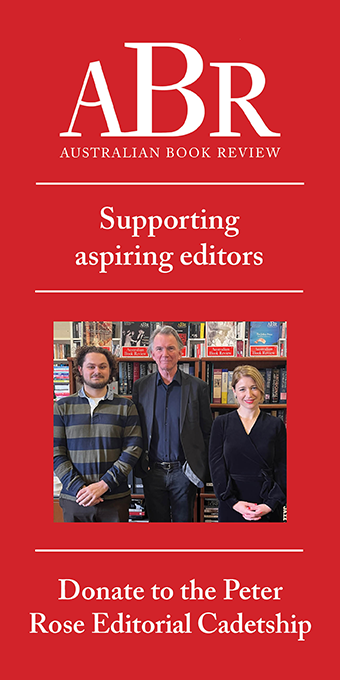
Leave a comment
If you are an ABR subscriber, you will need to sign in to post a comment.
If you have forgotten your sign in details, or if you receive an error message when trying to submit your comment, please email your comment (and the name of the article to which it relates) to ABR Comments. We will review your comment and, subject to approval, we will post it under your name.
Please note that all comments must be approved by ABR and comply with our Terms & Conditions.